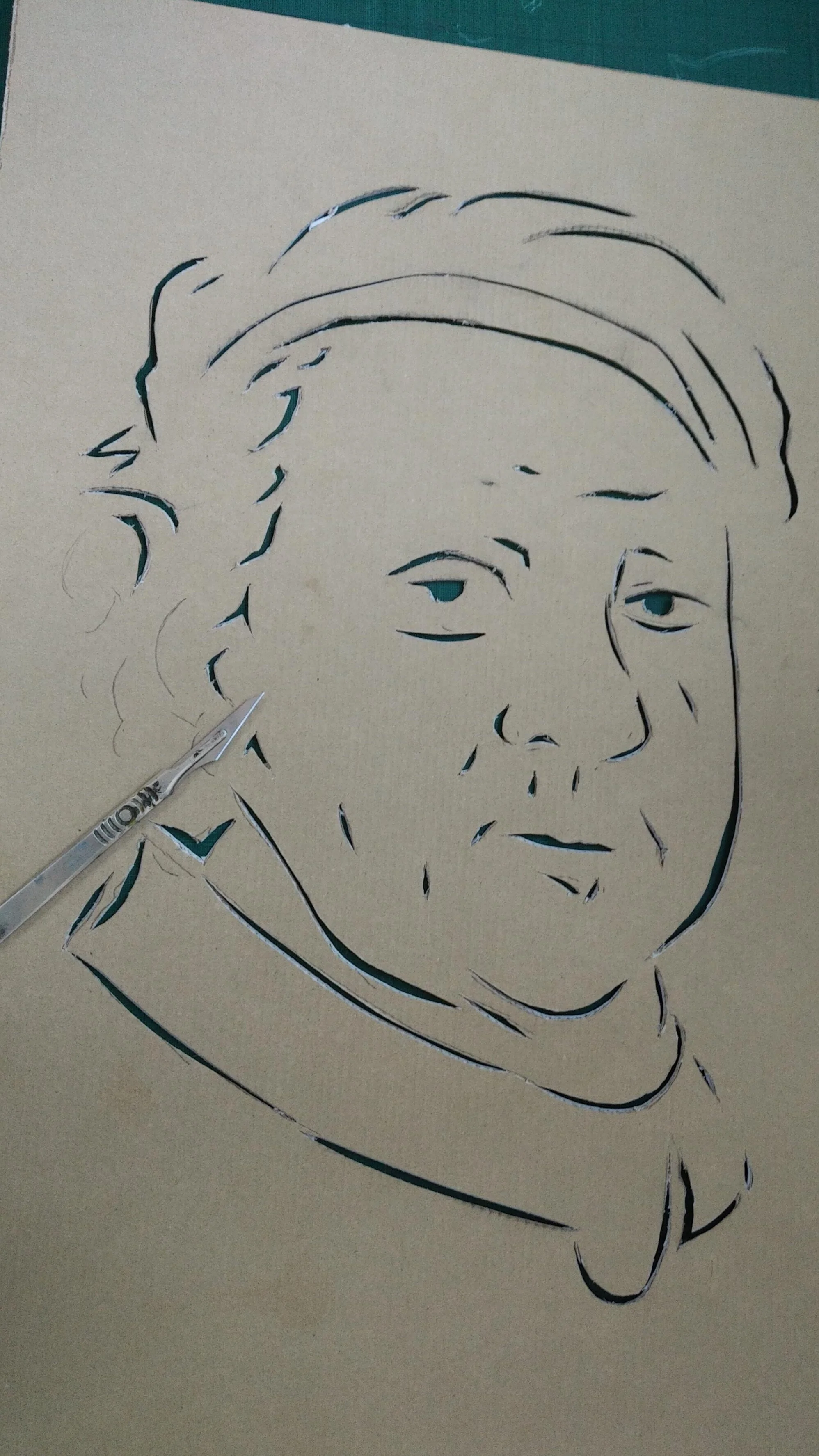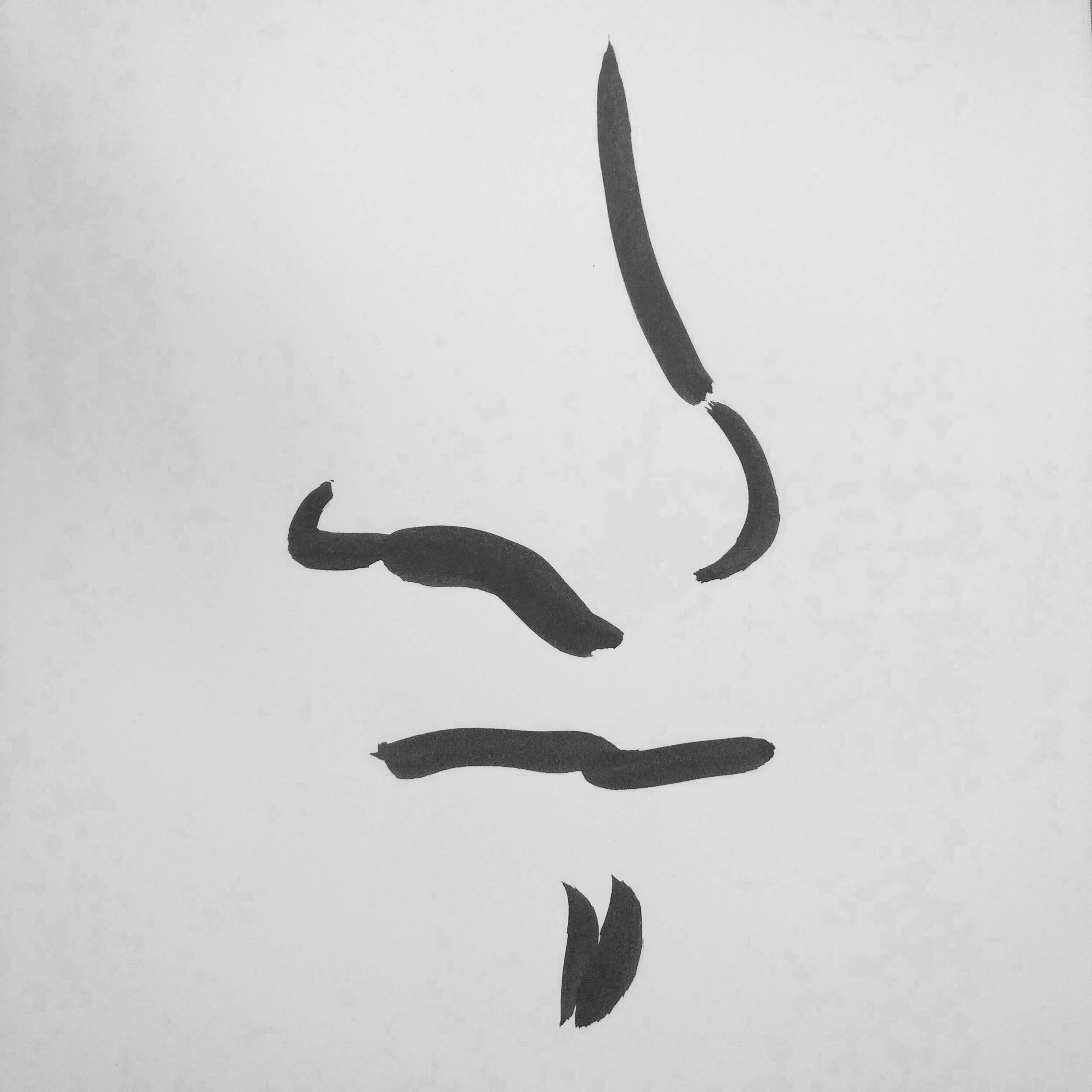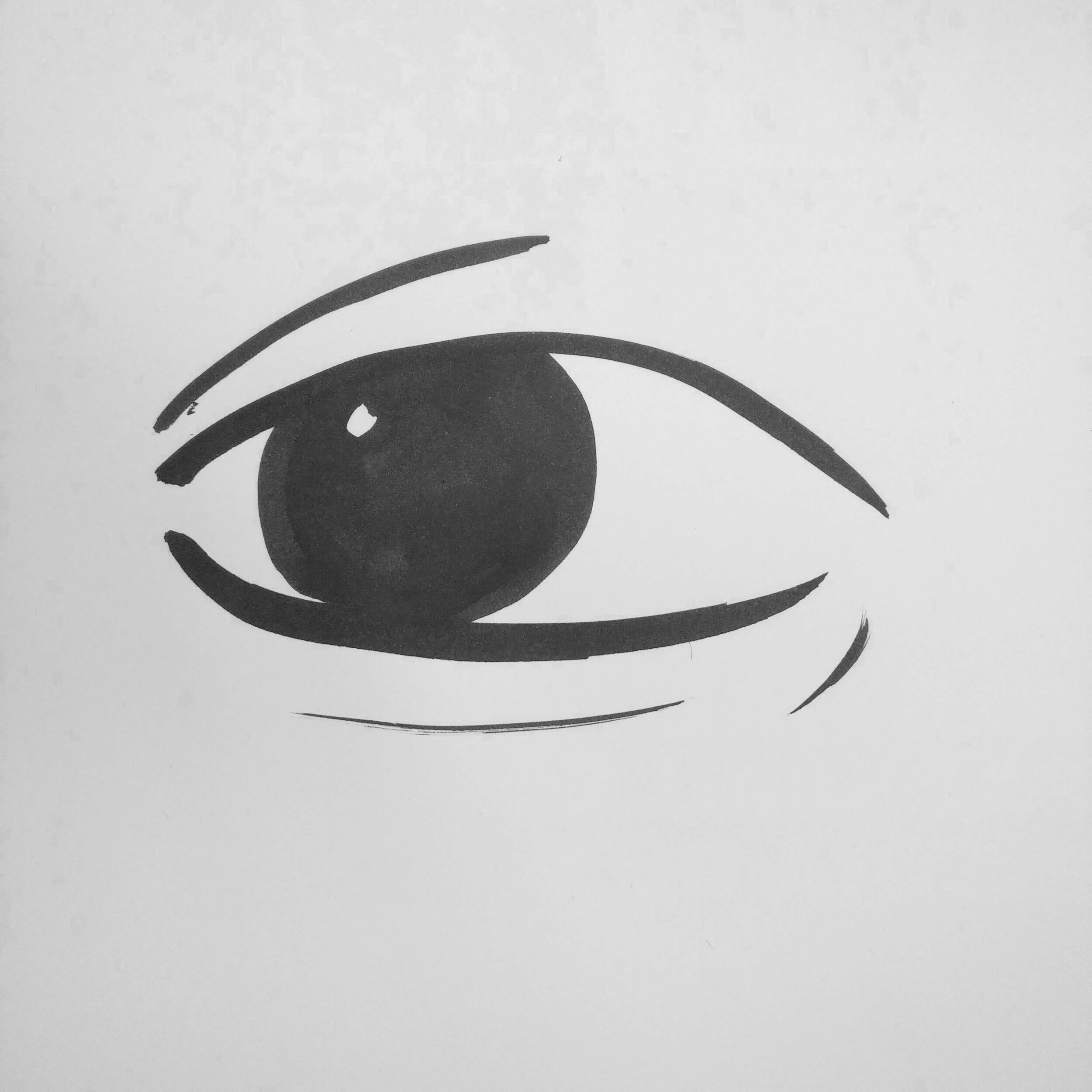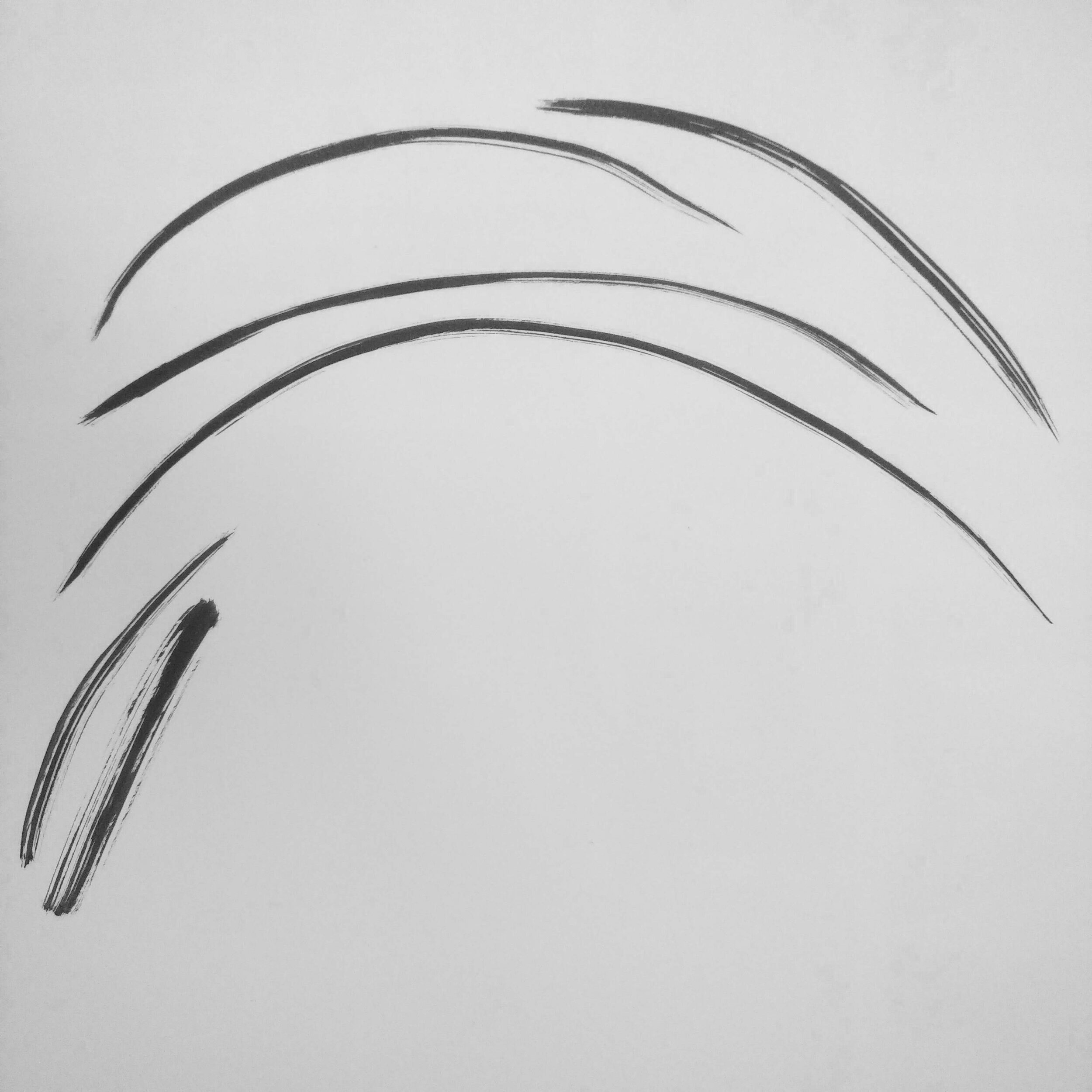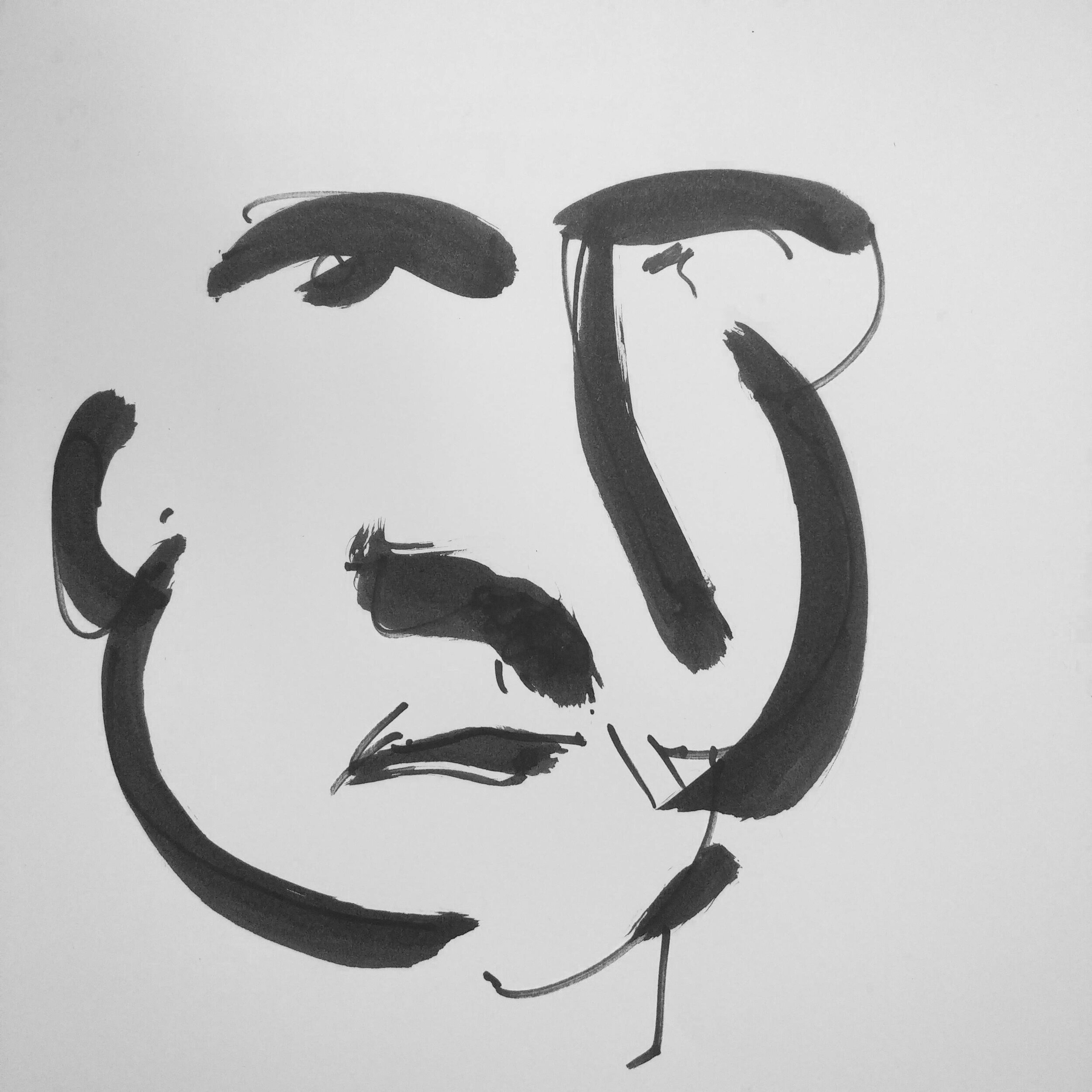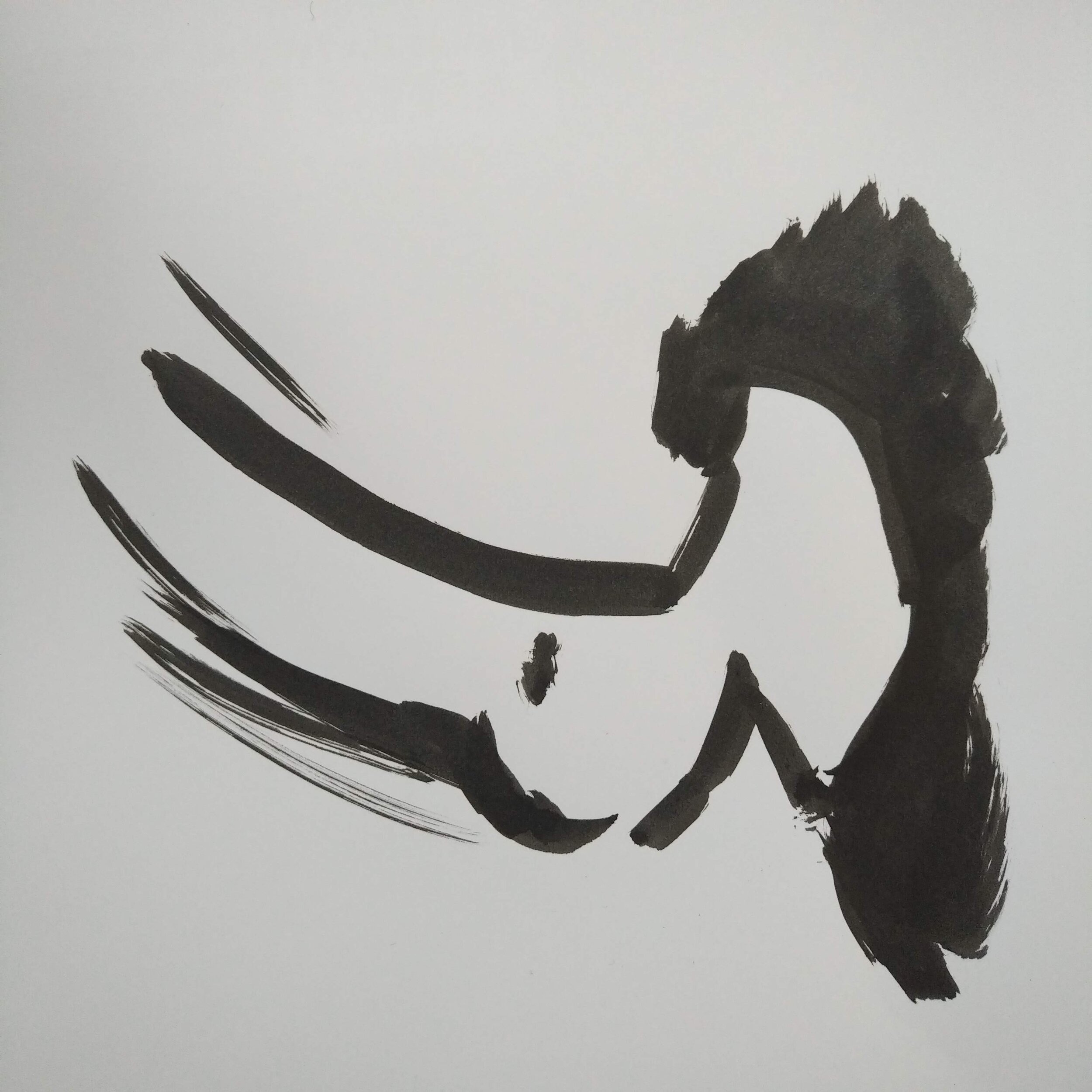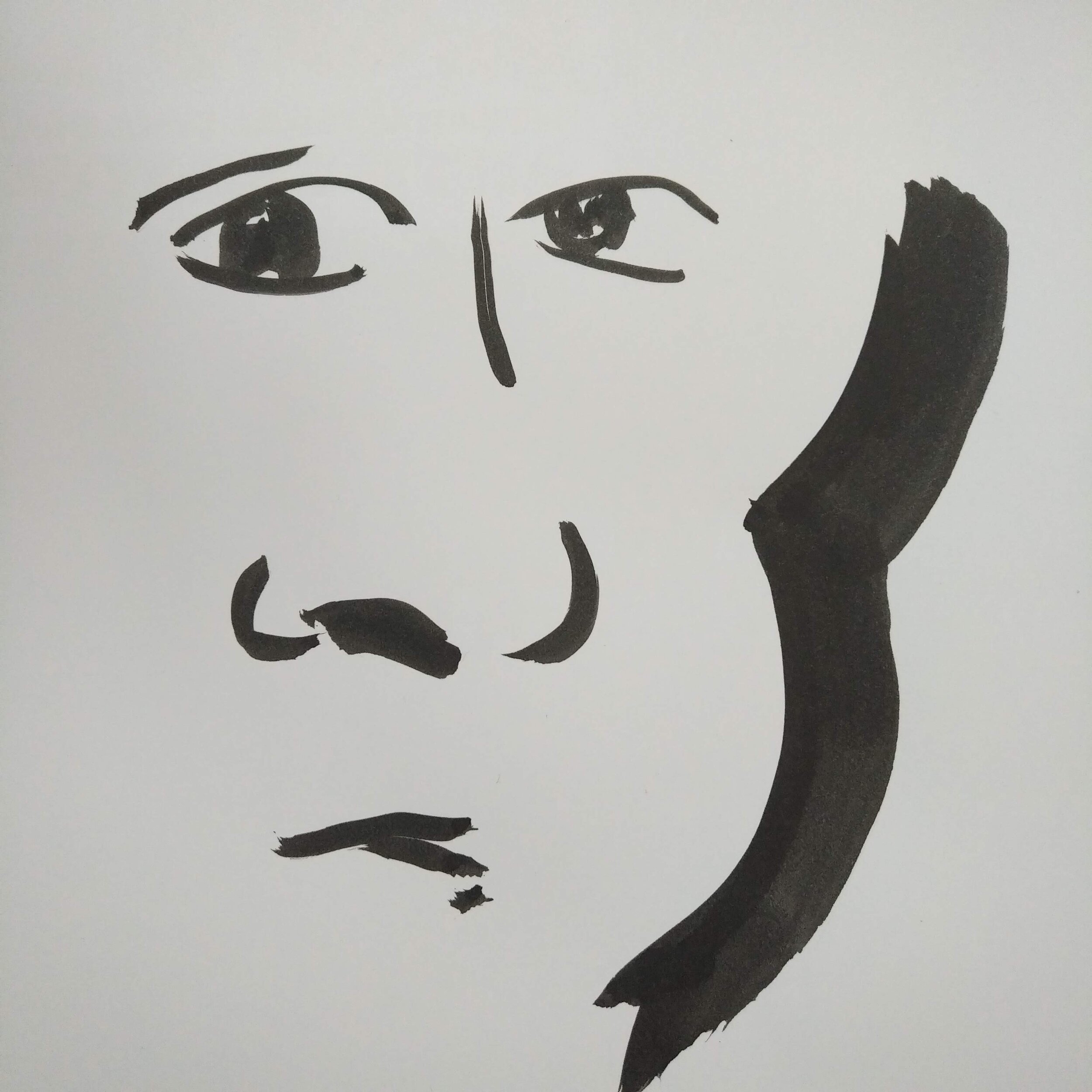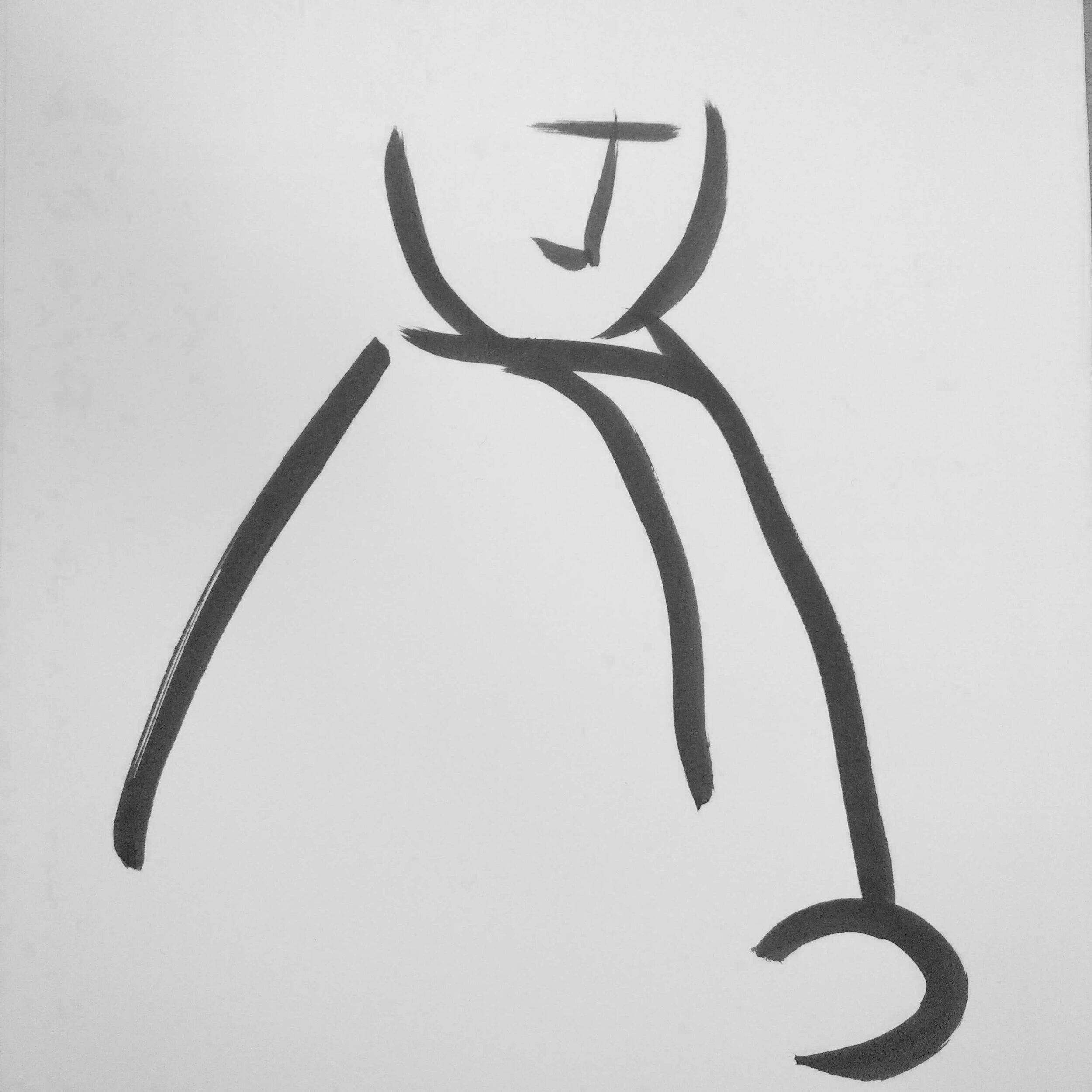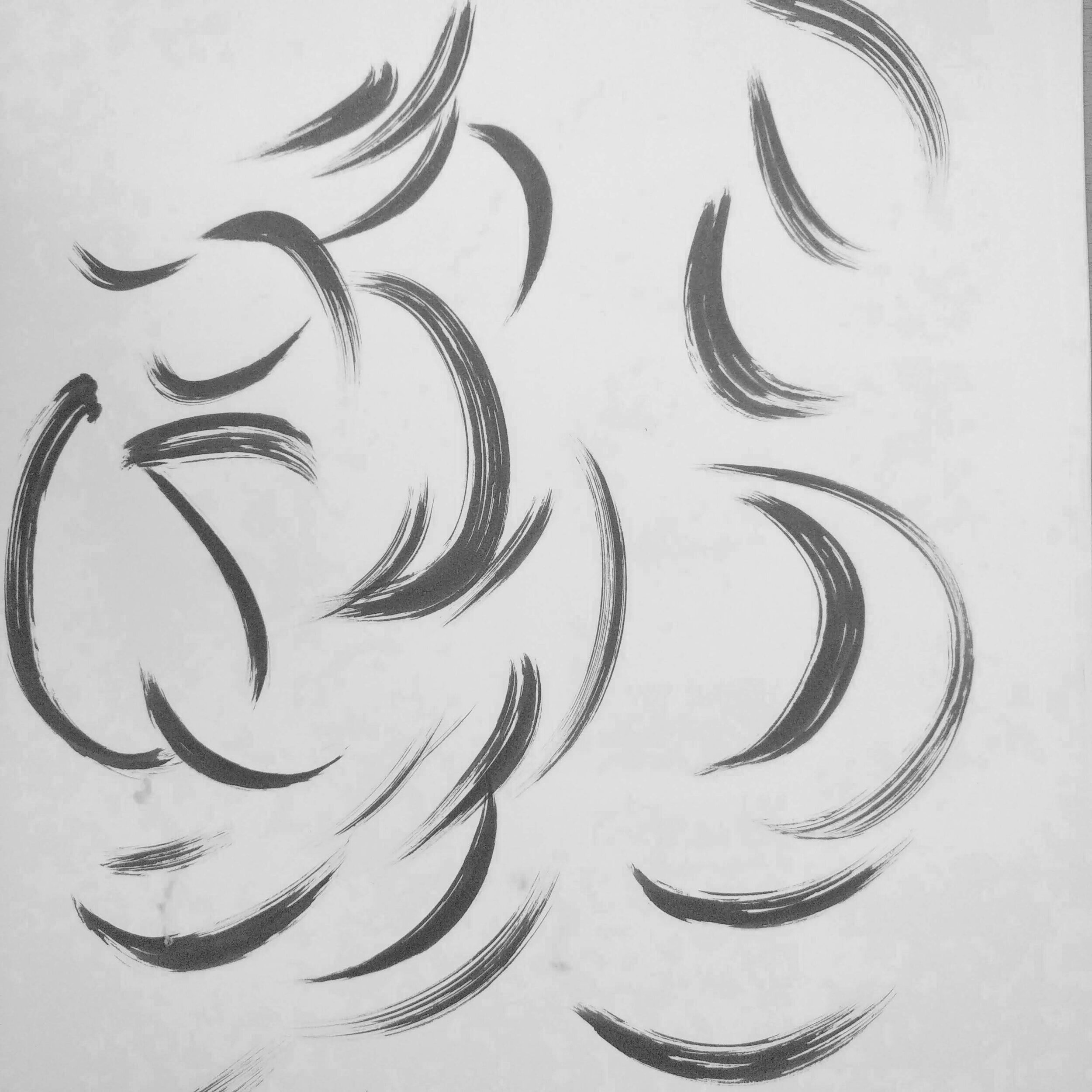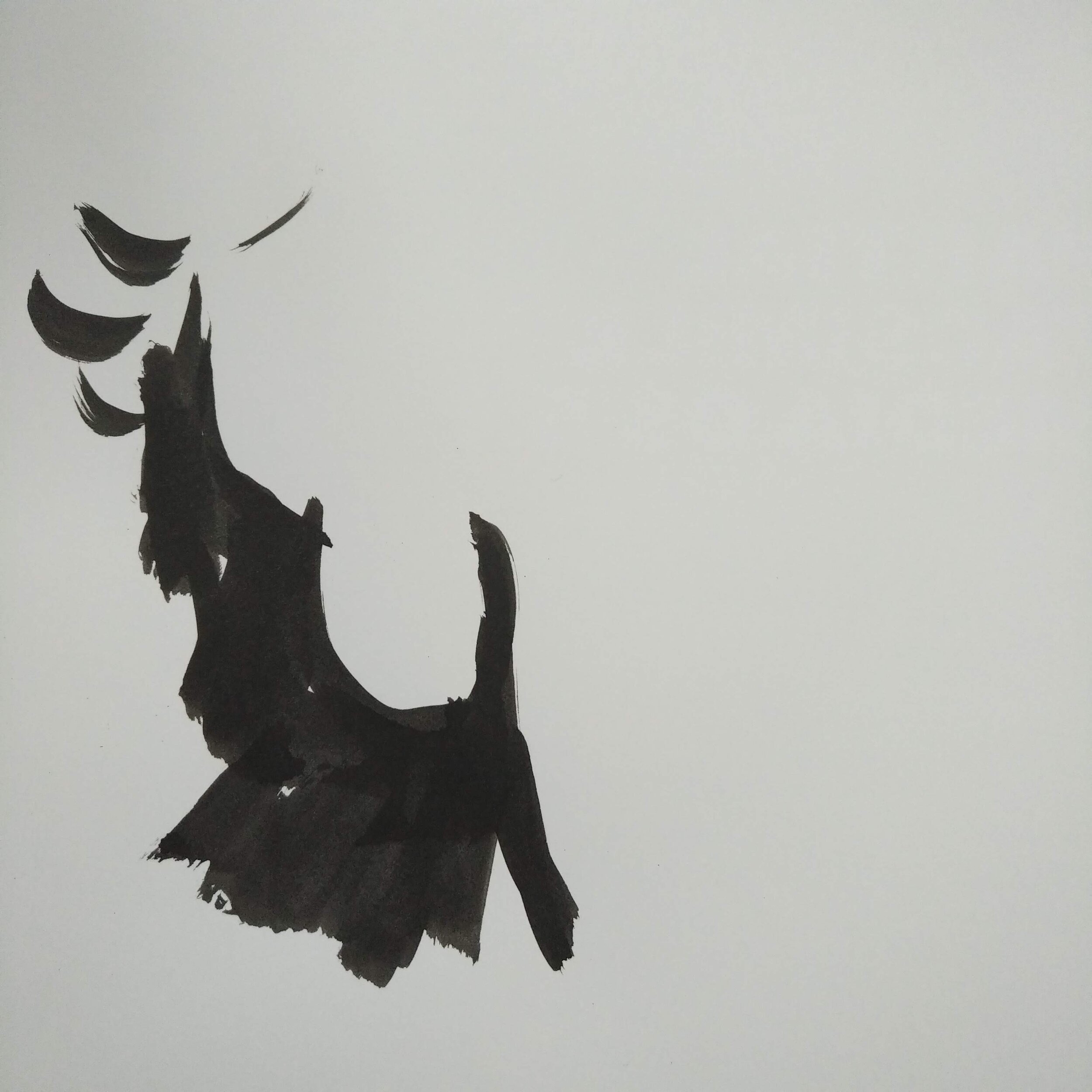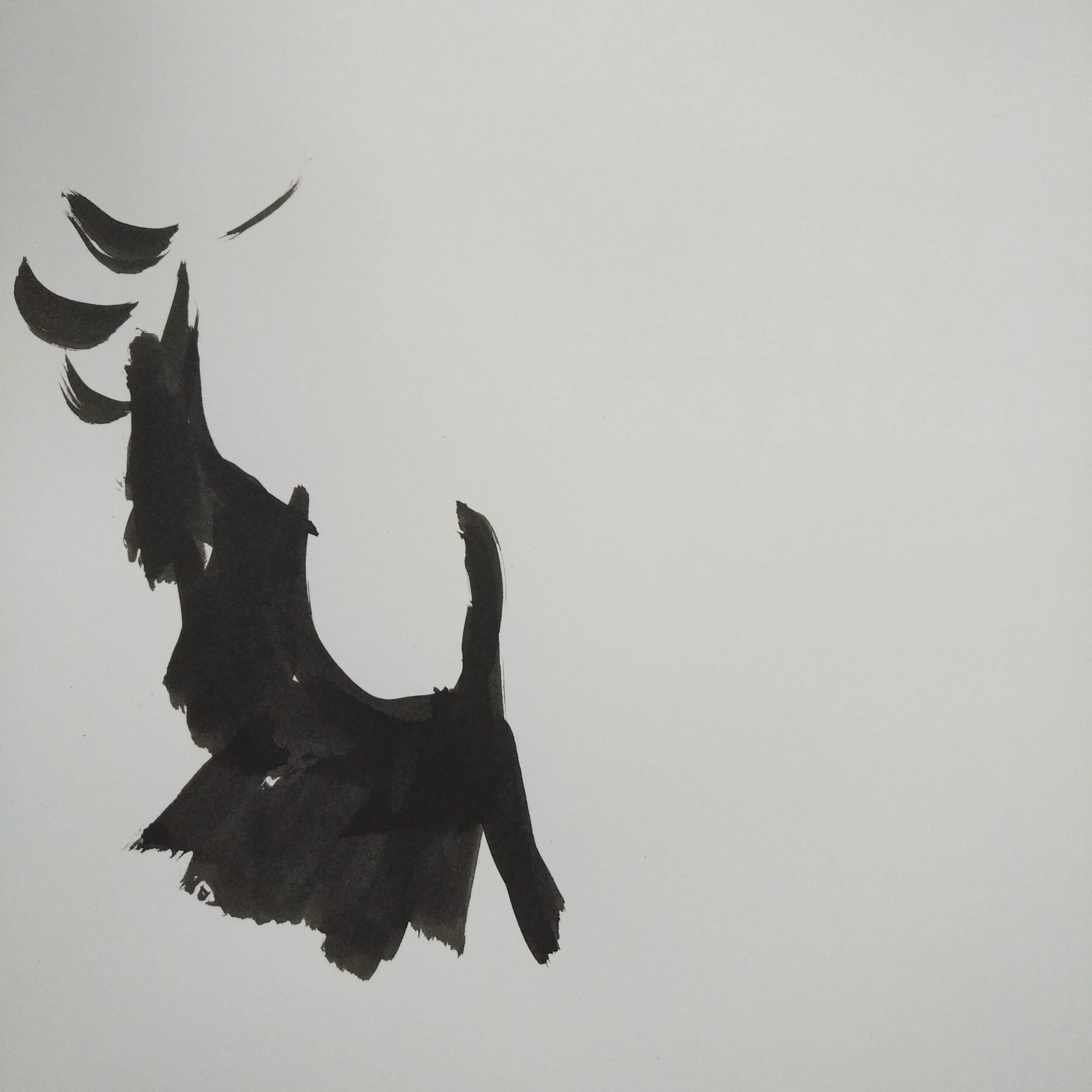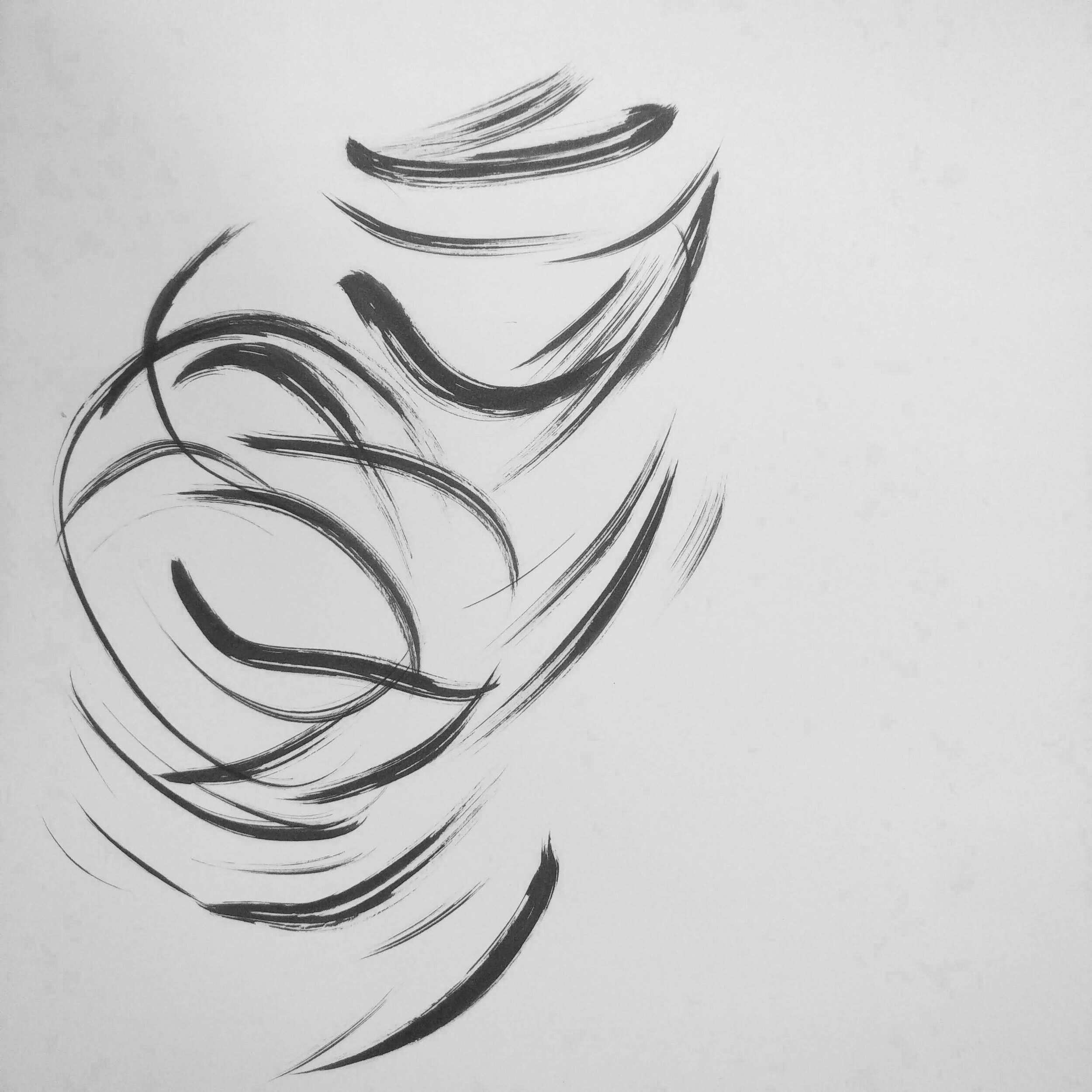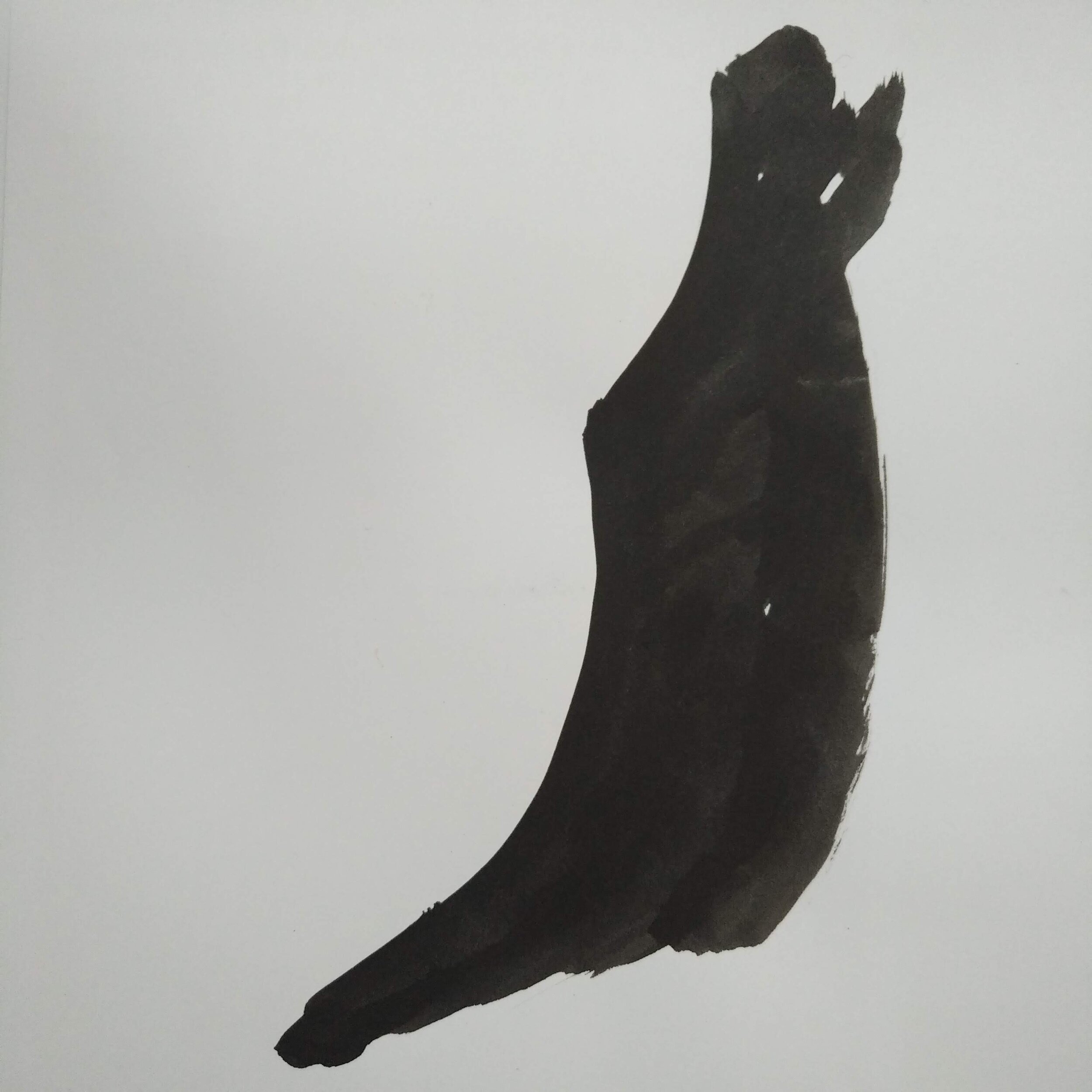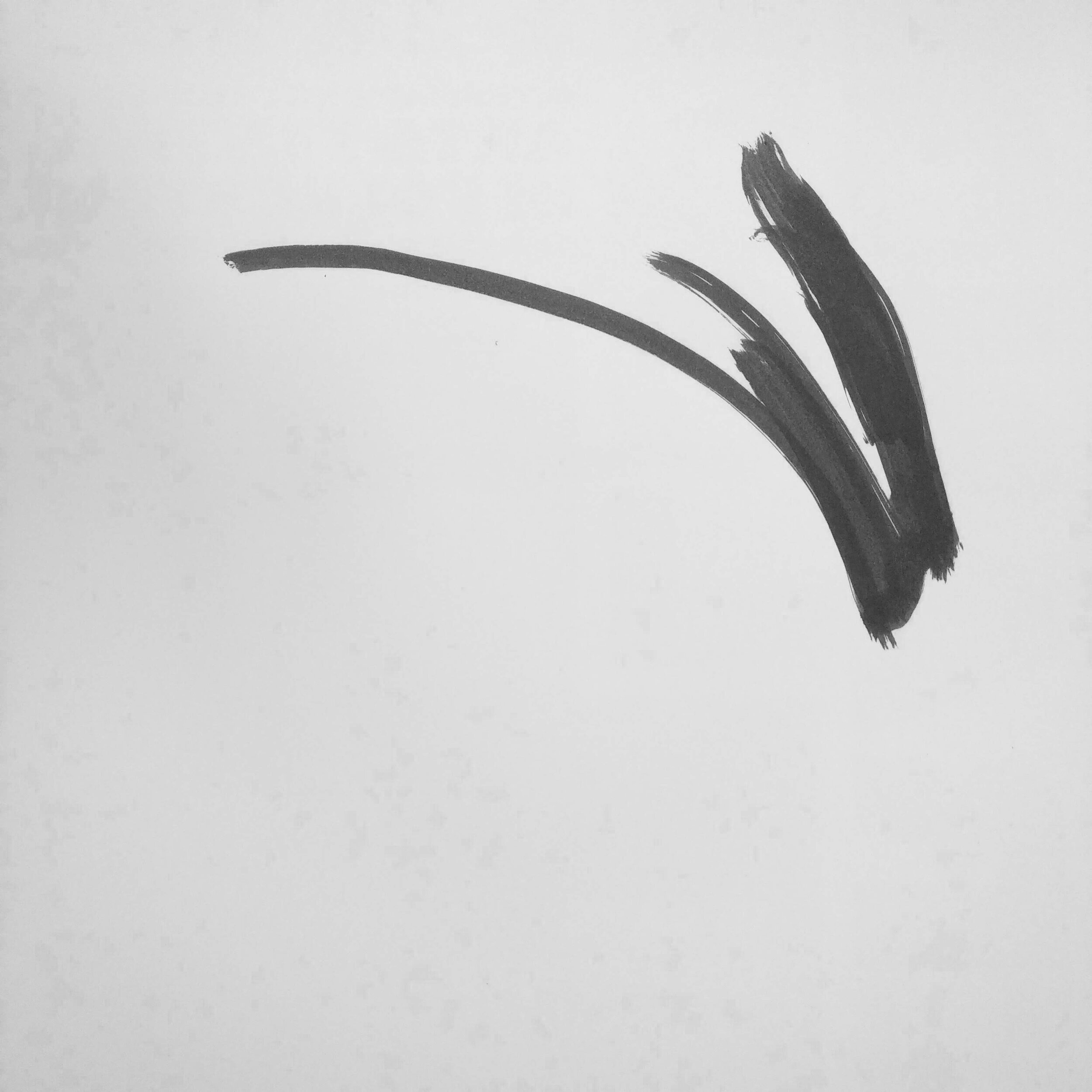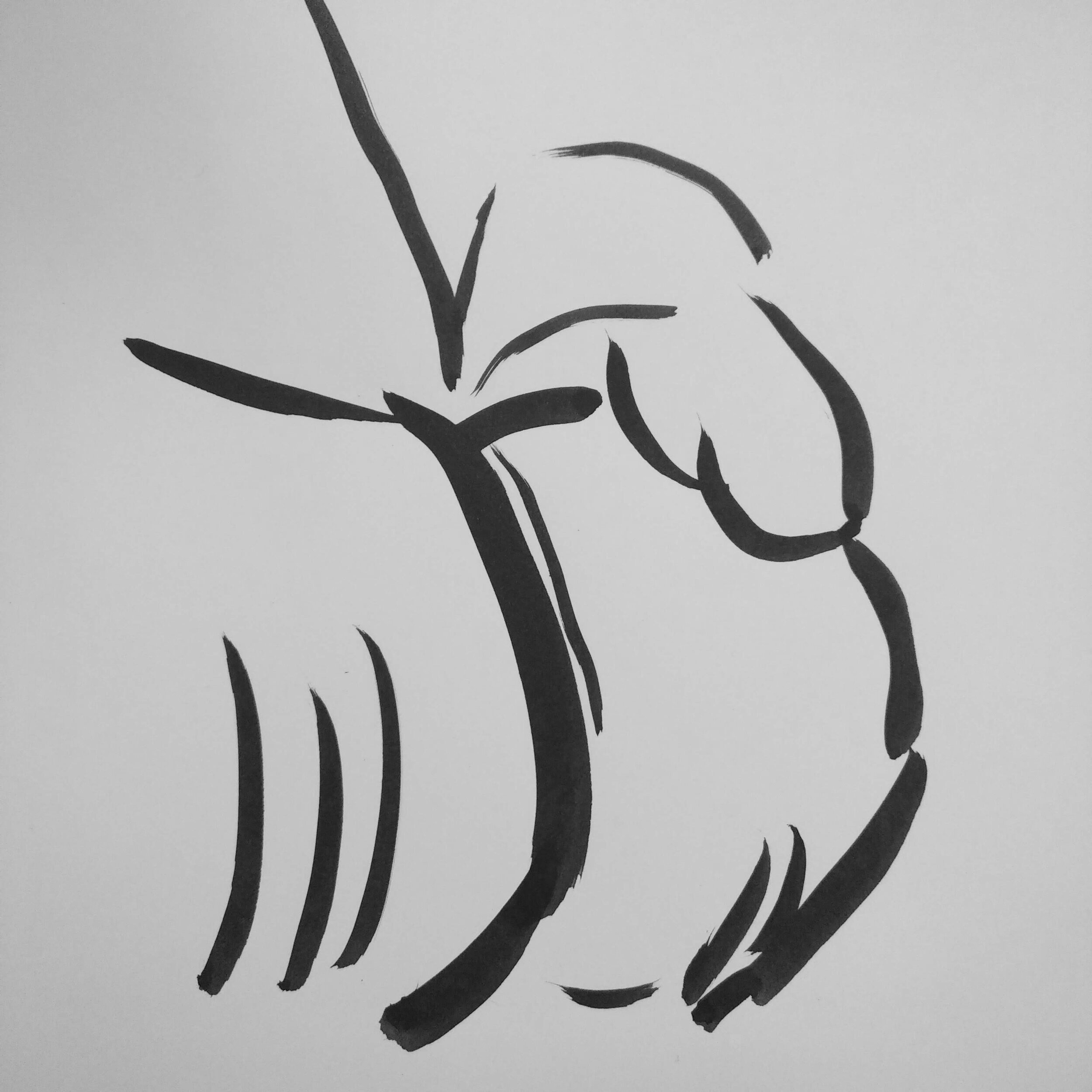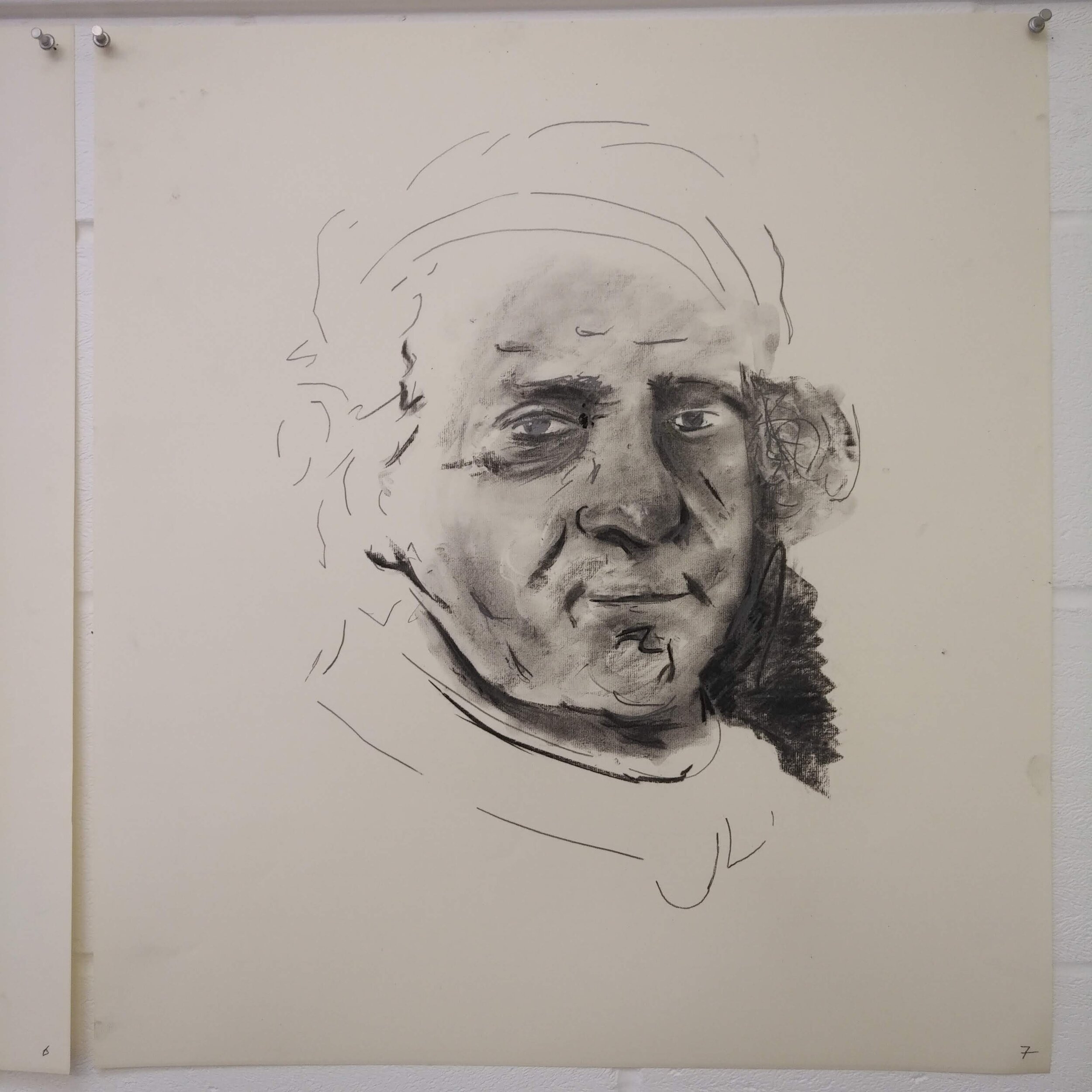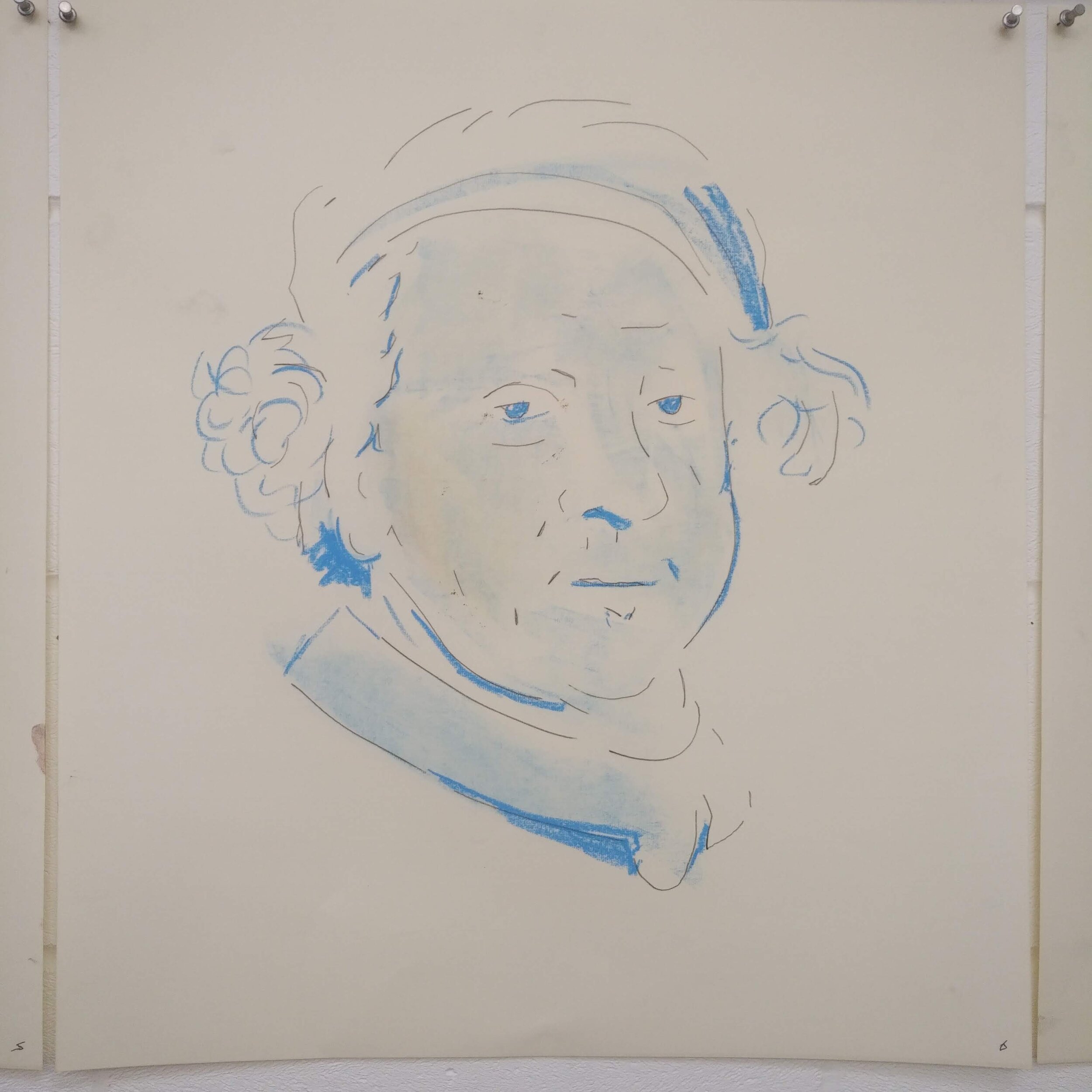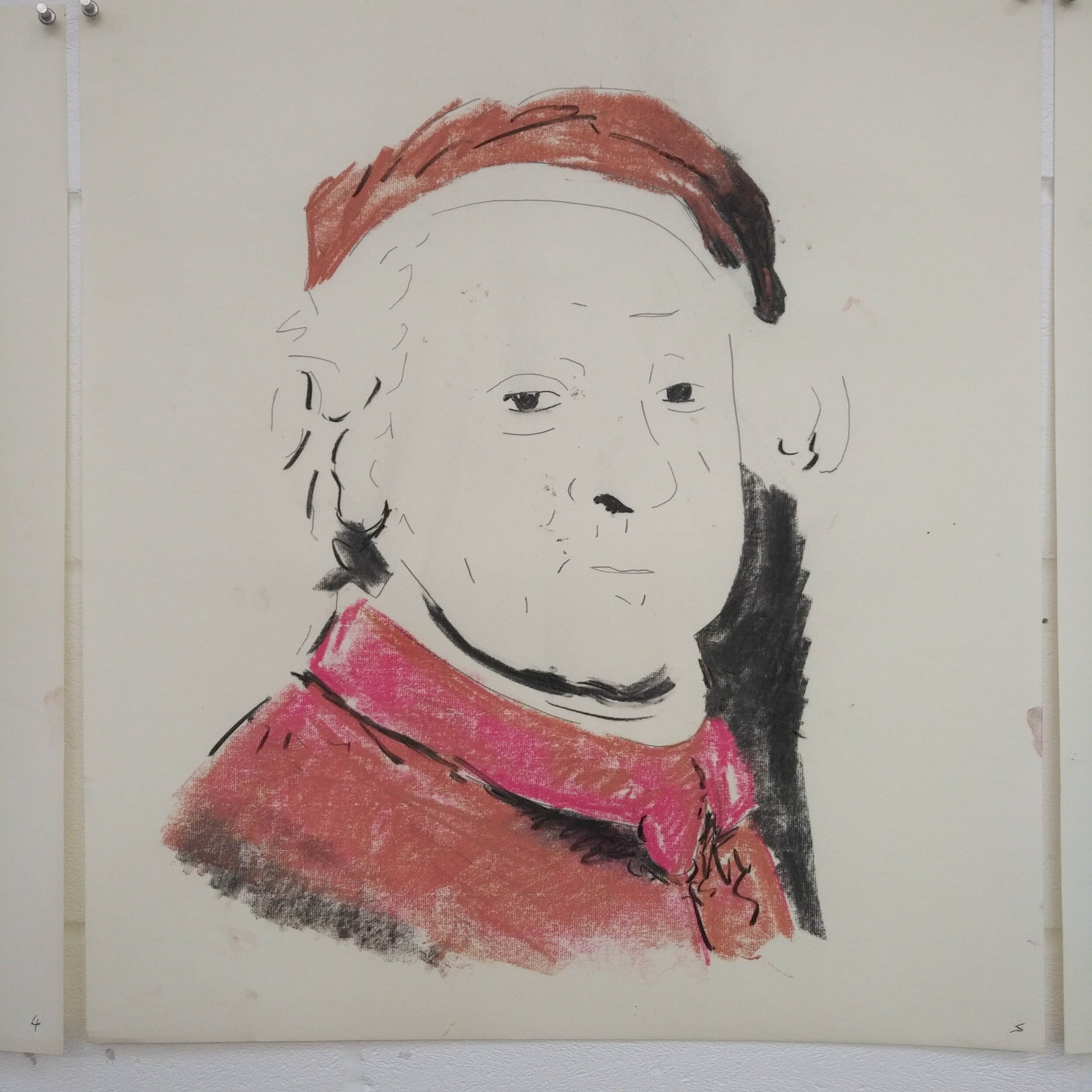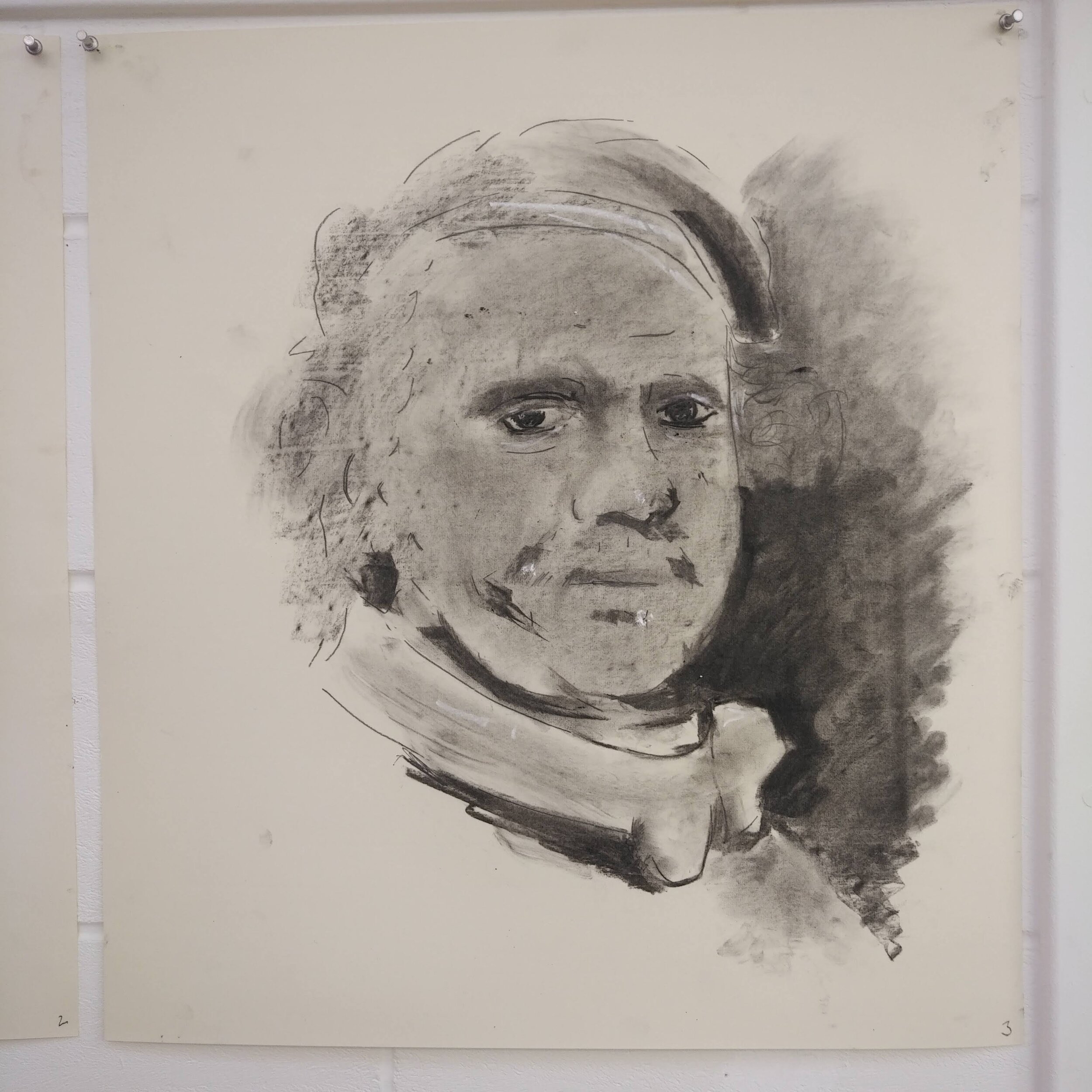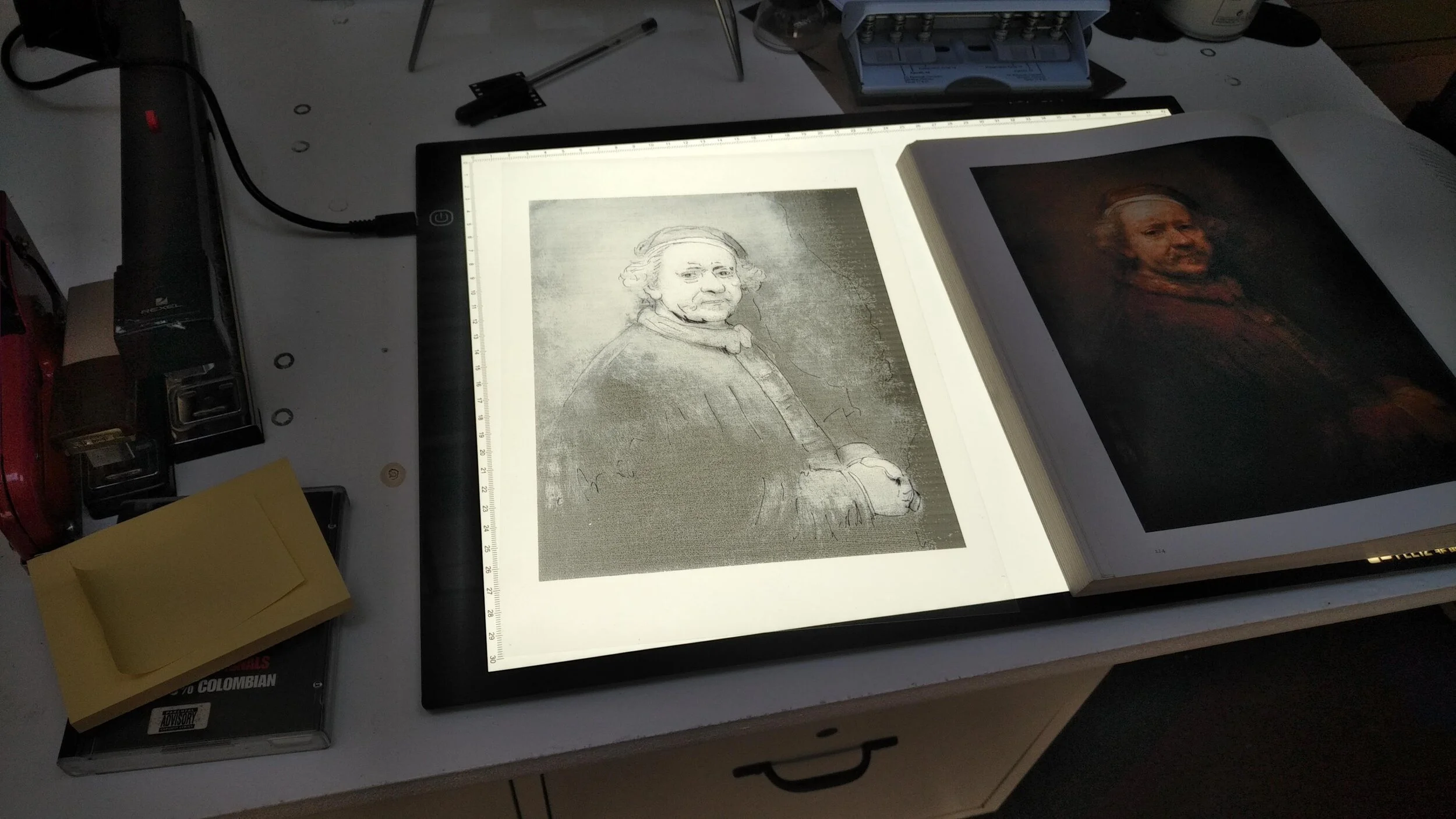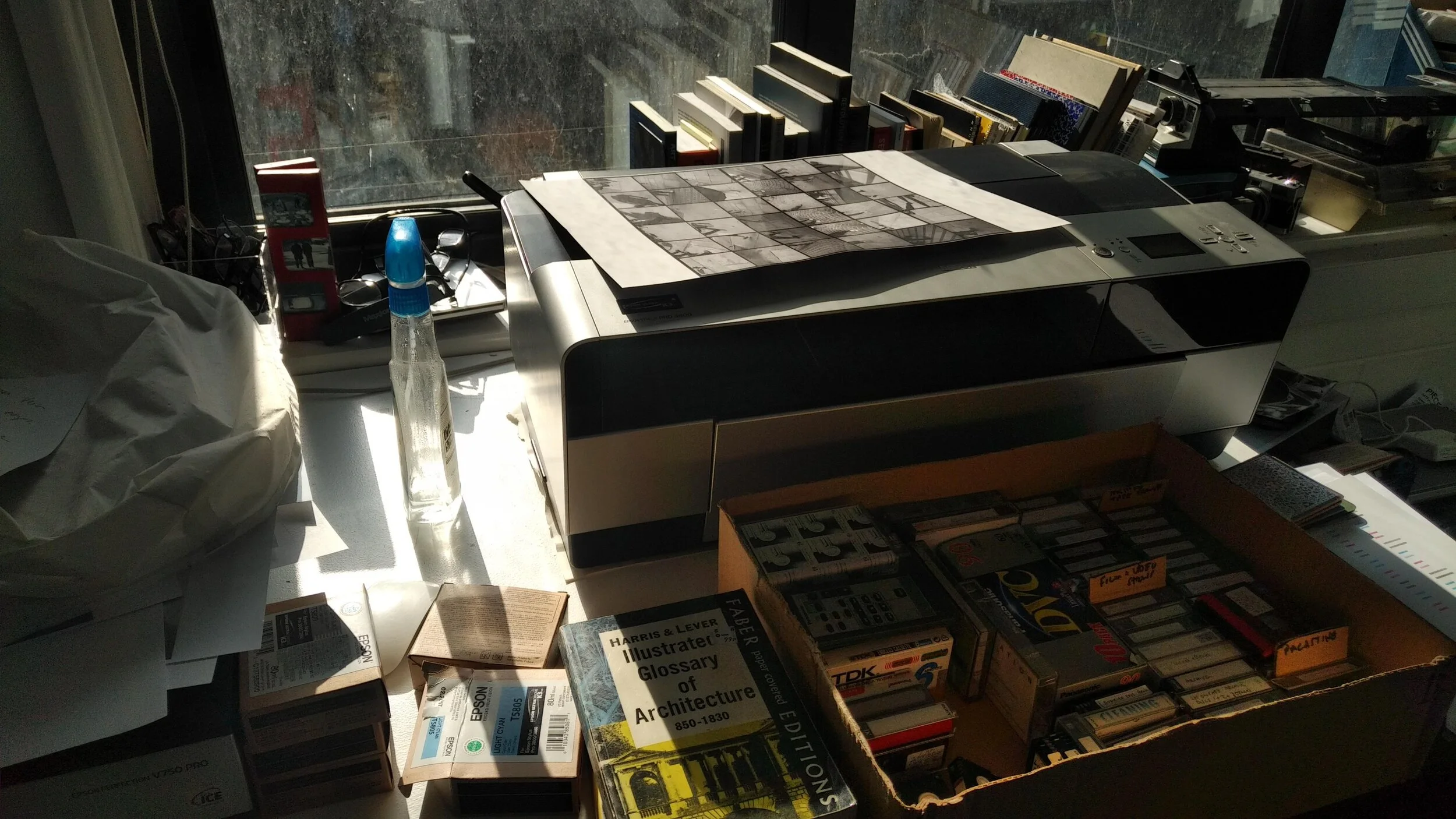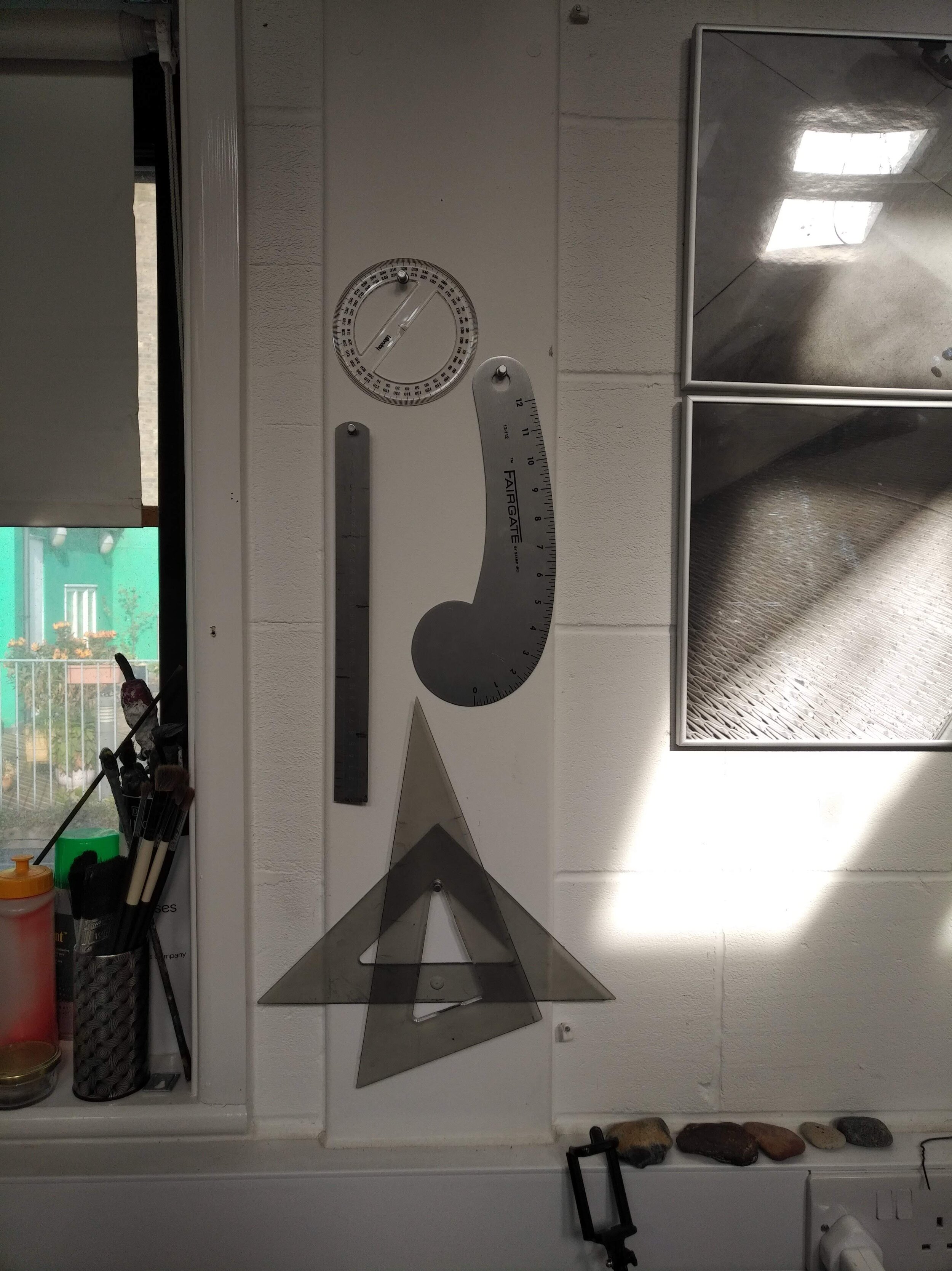REMBRANDT RE-IMAGINED
Lockdown March 2020
Since the out break of Covi 19 society is running at two speeds. Health services around the world struggle to deal with the pandemic, front line services working at speed and urgency to save lives, often with inadequate protection. Where as institutions, individuals and society has been put on pause. There is a spotlight on our economic and philosophical direction and everything is under review. Of course the people and institutions with the power want to return to normal. But for those who without power, finance and influence have a vested interest in a different future.
Its odd in this odd time to find comfort in this moment of pause. Reworking Rembrandt is a project that I have been planning to make since 2007. I have been fascinated by self portraits for as long as I can remember. One strand of my work constantly return to this area. Rembrandt used himself as a model and as a mirror to examine who he was. To be playful, reflective, stubborn to record his age as time drew lines on his faces, he drew them on canvas and paper.
Despite trying to streamline my process there are no shortcuts and I keep returning to the same method and process each time. The method is simple. I choose a subject, it has been perhaps a architectural detail like a capital as in Capital at the British Museum in 1995 or at the Capital Revisited Drawing Centre in NY in 2013.
Week one begins Wednesday 1 April 2020
I am use to working under pressure, with time and budget constraints. So this project complements my usual practice. I have set myself the task of creating a series of works based on a self portrait by Rembrandt in the last year of his life. This Painting was made in 1669 when Rembrandt was 63. I have been thinking about this project since 2007. I wanted to start with the last portrait made when he was sixty three, which coincidentally is my current age in 2020, that is at least until the 24 April when I become sixty four.
These notes are written at the same time, more or less as I make thees drawings. I often work in the public domain, I have had studios that have been open to the public for about 5 to 6 weeks. In Caracas and at the British Museum. Having people wandering around does not seem to bother me as long as they don’t mess with the process. People have been completely respect for of my privacy. I work really well in cafes, on trains, I have even found myself working on ideas for a new work, while waiting for an interview. I guess my process is immersive. So for a while I pussyfoot around an idea, bore people to death with ifs and buts and eventually I find a way in, and then I dive into those places, light and dark.
DAY 1
In 2007 I was invited by Lucy Day to contribute to an exhibition she curated at her fathers West End Gallery. I made a portrait of Rembrandt. I decided this was the first of a series, it took thirteen years of my life to pass before I returned to the subject. The process is the same as all my drawing projects, I occasionally try to vary it, but it always comes back to the same thing. Draw, Draw Draw, different materials different sizes.
The process of drawing serves two purposes. One is to free my hand and to free my eye. In other words, I need to exercise my hand, to play with materials and to feel the medium, to push the medium which is made up of the base material, paper, plastic - the surface and the other material is the crayon, paint, charcoal, pen pencil. The things that make the mark. This is a test, and i find which combination works best for the subject /object I am working with. The actual drawing itself is a by product.
I upscale and down scale all the time. Usually I work on a series and then just keep scaling up. I did this in the British Museum project and also the project in NY.
An earlier Rembrandt 2007
This is the painting made in 1669.
I gathered all my materials together, those that I return to again and again. chalk, charcoal, wax crayon, oil stick, ink. Also added others that I don’t usually employ, oil paint and watercolour. Also techniques, scratching onto paper and materials, cardboard templates, making marks and erasing.
First task, clear the studio. Second make a drawing on acetate, tracing from the portrait. Transfer via overhead projector to a drawing 102 cm (40 inches) wide by 137cm (54 inches). This work is expendable. Its something for me to work on first thing. No holding back, not trying to make it pretty, resisting, fear of losing something. Just plough on. Take it to the point where rescue is impossible.
#1 of 7 Charcoal Chalk on yellow paper



